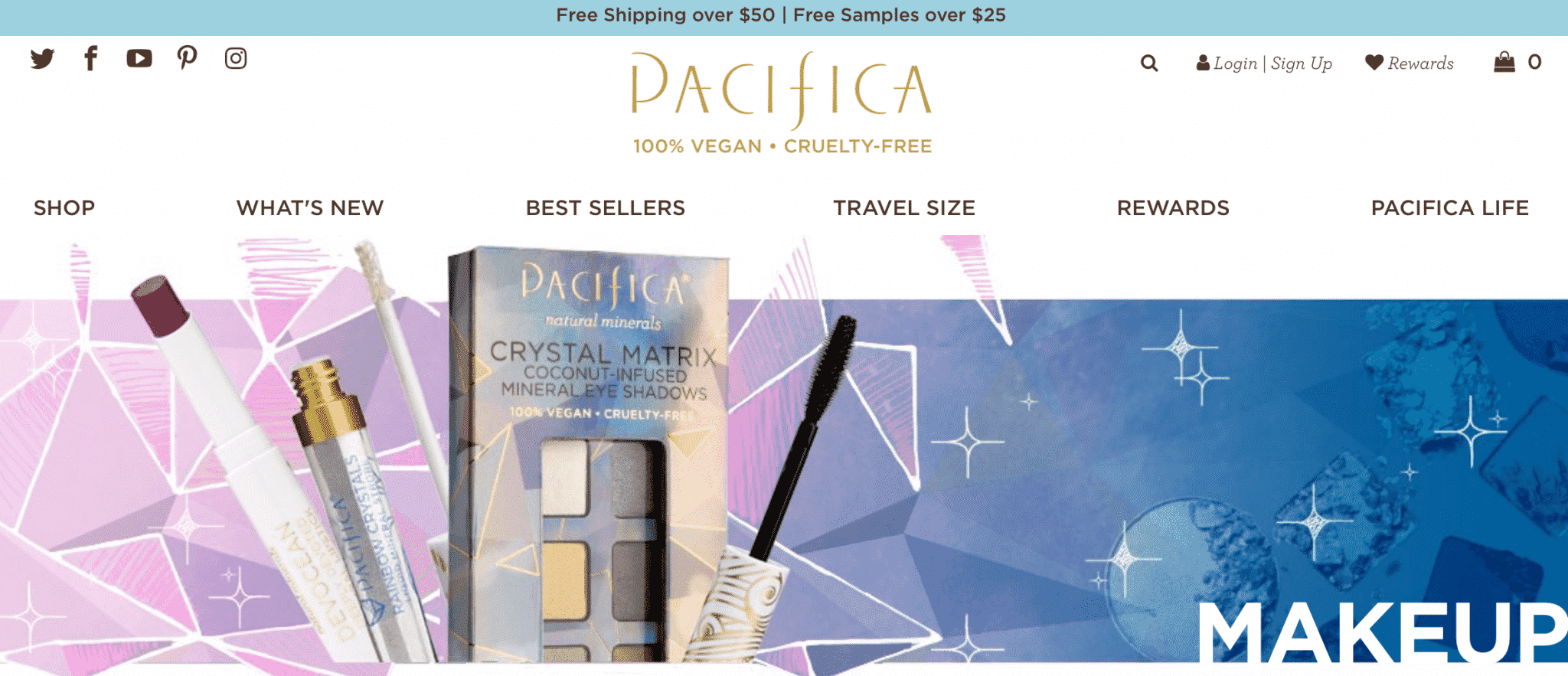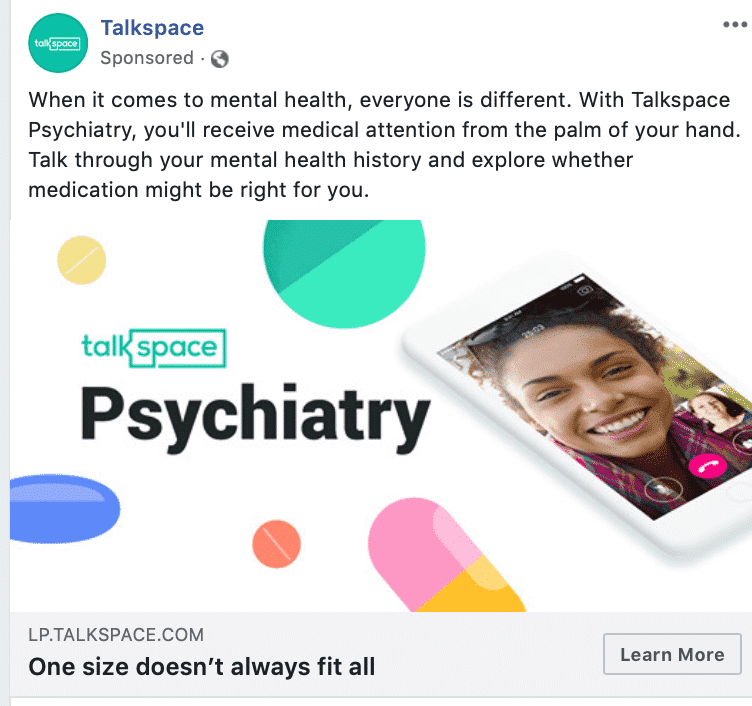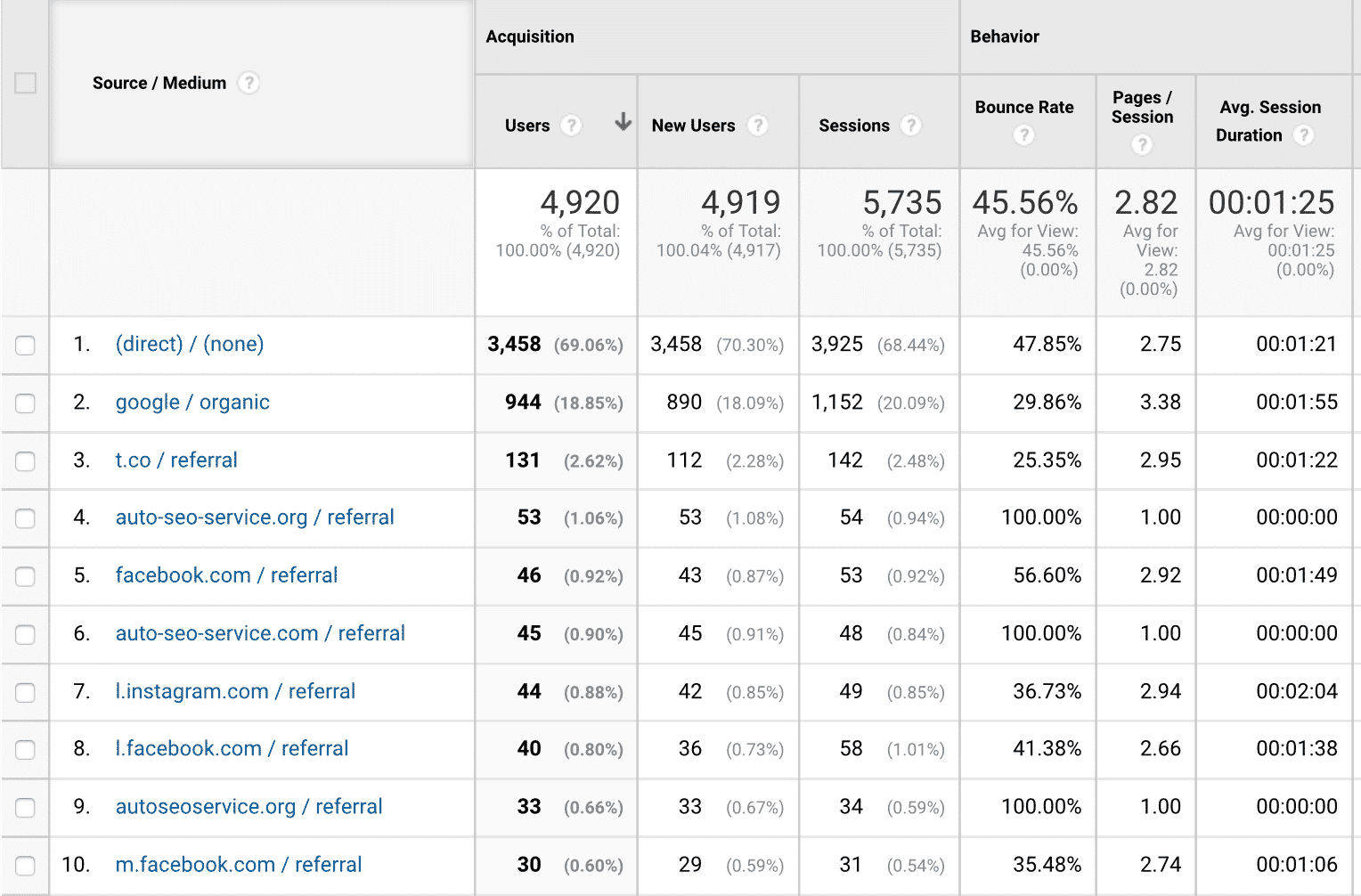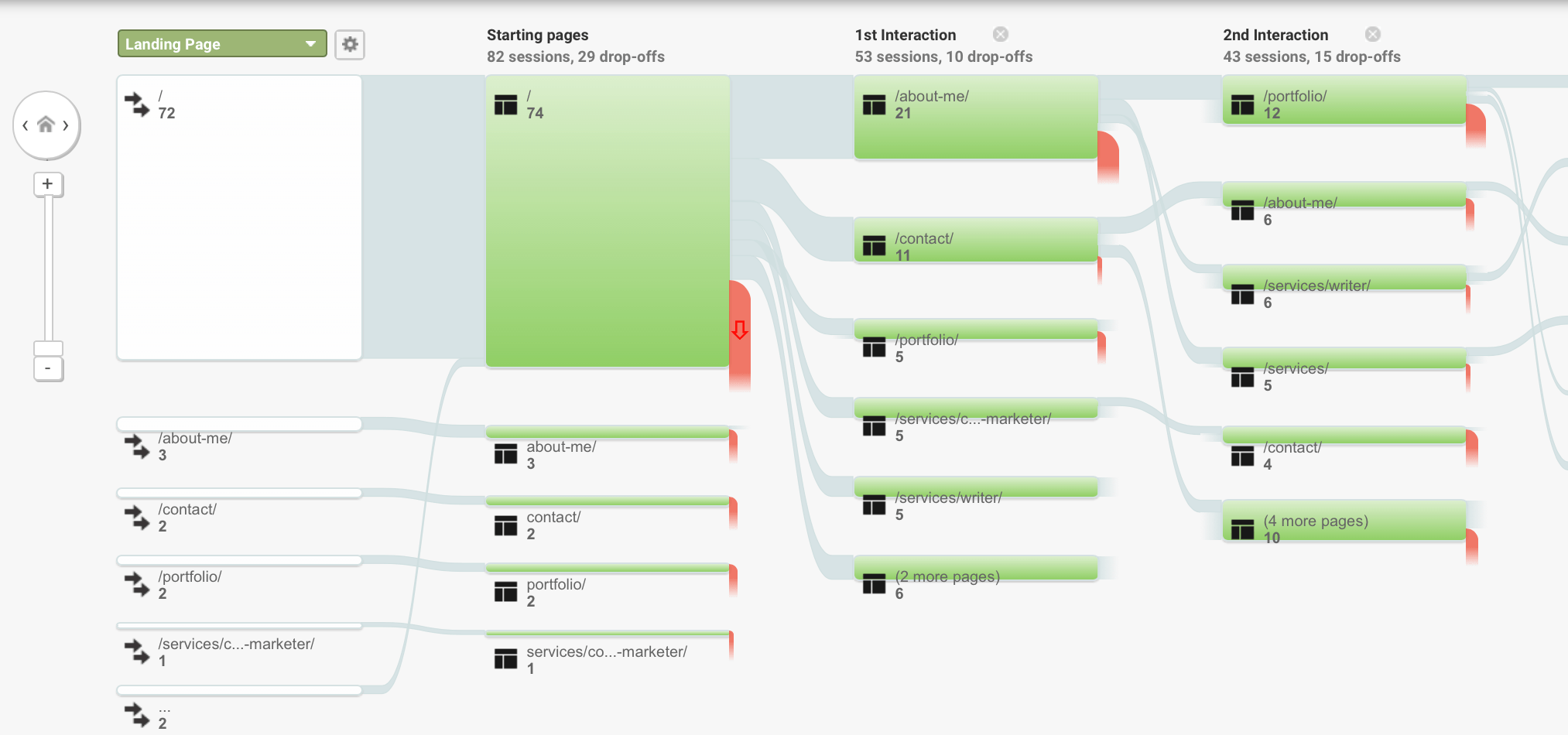Are You Marketing Your Services Correctly? The Complete Checklist
by Ana Gotter • April 17, 2019
Marketing is an investment that every business needs to be making, even if your overall budget is shot while you’re trying to start a new brand. It also requires a great deal of both strategic and creative energy alongside a lot of research if you want to figure out which platforms, what messaging, and what strategies work best for you. When you first get started, there’s typically some high-level estimated guesswork involved while you try things out and see what works.
Sometimes, we guess right. Sometimes, though, there’s room for improvement.
So the question is simple: how do I know if I’m marketing my services correctly?
The answer can be a little tricky, because success in marketing is going to be individual to each brand and industry, so there really is no one-stop-shop response like “If your conversion rate is about 3%, you’re fine.” For some brands, that’s an almost unattainable number, while for others it’s far under reaching in terms of what their potential is.
In this post, we’re going to give you a checklist to go through and questions to ask while reviewing the efficacy of your marketing campaigns. They’ll help you shed light on whether or not your marketing is doing its job and where there may be some room for improvement.
1. Is Your USP Immediately Understandable?
Your unique selling proposition is what makes you different, and it explains why customers should buy from you instead of your competition. It’s why some people will pay significantly more for “luxury” brands, even if the products are somewhat similar.
I’ve done this, too. I pay more for car insurance with a company that I know has great customer service, even though it costs more $300 more a year.
Some brands go for a price and affordability proposition, promising the best value for your dollar. Others might go for an ethical approach, like promising to be sustainable or cruelty-free.

Your USP should be woven intricately into your brand, impact customers’ experience, and be made clear as soon as they hit your site.
Take a look at your site and your general marketing materials, including social posts, email campaigns, and PPC ads. Is your USP clear and easy to understand? Is it somehow a central part of all of your messaging, even if you don’t talk about it directly?

A company that creates “green” products, for example, doesn’t need to get on a soapbox for every single social media post about why it’s important, but they should consistently share content and products that have these priorities in mind.
Just as importantly, do you believe that your USP resonates well with your target audience? If not, you may either need to find a new USP or shift to a different audience niche. Someone who cares first and foremost about pricing may not have the luxury to care about the upgraded features you have to offer.
2. Is Your Audience Well-Defined?
Do you know who your audience is? I mean really know?
If you aren’t sure of exactly who you want to target and are just trying to attract someone, there’s a good chance that your marketing isn’t as effective as it could be.
Let’s look at an example and say that I’m a busy mom of two trying to manage a personal life, motherhood, and a demanding corporate job. I see an ad for online therapy, I ignore it, even though I feel a little anxious sometimes.

But then I see an ad promising to help busy working moms struggling from burnout to beat anxiety and low energy levels while advancing at work. That one might strike a chord.

The more you understand your audience niches, the more you’ll be able to create messaging and campaigns that resonate with them and draw them in. This will be closely related to your value offer and what USP you’re going for.
Take a few minutes and look at your audience niches. Create buyer personas for each one, fleshing them out enough that they feel like real people that you could have a conversation with. This makes it easier to find pain points they might have, objections that could come up, and solutions that they may need.
3. Are You Seeing an Increase In Site Traffic?
This will be one of the most tell-tale signs if your marketing is starting to work. Are you seeing signs in traffic?
Most social media, email, PPC, guest posting, content marketing, and SEO campaigns all typically have the goal of driving people to your site. If you’re not seeing a steady increase in people coming your way, that’s a sign that something somewhere isn’t working.
Plug into Google Analytics and see what your overall traffic looks like. You do want some new and returning visitors, though as you’re growing the “new” ratio will be higher. You’ll also be able to see which channels are most effective at driving traffic your way, so you can revamp campaigns that aren’t working and invest more into those that are.

Note that this may not be linear. You can see key dates when I would have a big guest post go live that sent a lot of traffic to my site, with drastic increases, but you can also see an overall increase in site traffic as time goes on.

It’s also something to note if people come to your site but immediately leave, and do so quickly. Take a look at your bounce rate, exit rate, and the average amount of time users are spending on your pages. If people are leaving quickly, you may either need to improve your site, improve your messaging, or switch up the campaigns to make sure you’re sending a relevant audience your way.

4. Are People Moving Through Your Funnel?
While we’re on the subject of analytics, let’s talk funnels.
For your campaigns to reach their maximum potential in efficiency, you’ll typically be best implementing ad, content, or site funnels. The way this works is that you run multiple campaigns designed to introduce new users to your brand and attract them to your site, and then you use a series of retargeting ad campaigns, blog posts, lead magnets, and/or emails to ensure that they don’t just learn about you and forget you.
You need to track the progress of your funnels. If you’re doing this on Facebook Ads, see how many people make it through each funnel, and watch the overall conversion rate. If you’re using an email sequence, track open rates and click-through rates on each email in the series to see who makes it all the way through while tracking the overall conversions you receive from them.
You can even set up on-site funnels with Google Analytics to track how people are moving through your site, and if your content or lead magnet funnels are doing what they’re supposed to.

It’s natural that there will be a drop off at each stage of the funnel; that’s just how it goes. But if traffic stops somewhere in the funnel all together, or there’s a disconnect leading to no conversions, this is a sign that something needs to be changed.
5. How Are Your Conversion Rates?
Getting a ton of clicks and a ton of site traffic is a great start, but it’s not the end-all-be-all—businesses need to sell their services, and you can’t do that with traffic alone.
It’s like freelancers always say to clients who want free work: exposure isn’t going to pay the bills.
Look at your campaigns’ conversion rates. Are you getting a steady stream of interested and relevant leads coming your way that convert?
Relevant is a key word here, because it’s not enough to just be getting some initial interest. I average about 5 emails a day, for example, of potential new clients wanting to hire me. Only about two per week are actually a good fit that aligns with the services I offer, what I charge and my availability. So while I technically had 35 leads getting in touch with me in one week, only two actually had a real chance of converting.
If your conversion rates are too low to either justify the price you’re spending to get them (aka, spending more to attract the leads than the profit you make from them) OR the sales aren’t coming in fast enough, something isn’t working right. Maybe you need to invest more into the ad spend to increase your reach, or readjust your targeting, messaging, or ad funnel to attract more of the audience you want to connect with.
6. Are Your Campaigns Sustainable?
At this point of the checklist questions, you know whether or not your marketing strategies are working to bring in new leads and whether or not those leads are converting into paying clients.
But there’s on more question you need to ask when deciding if your lead generation marketing campaigns are ACTUALLY working for your business: are they sustainable?
Sometimes it will cost a little more to win over the first couple customers, who then refer other clients to you and leave reviews, making it easier to convert people later. That’s relatively normal.
Aside from this fact, are the campaigns you’re running now able to be maintained at the same pace on an ongoing basis? Can you afford to spend the time writing and pitching four guest posts per month as your client list grows? Can you continue to invest that much on ad spend OR pay the per-click prices you’re currently paying?
If your campaigns aren’t sustainable and you’re eating into your profit trying to get new leads your way, you’re likely going backwards instead of forwards. Advertising is an investment, but that means you should be coming out on top, not worse for the wear. If you can’t afford your campaigns going forward—either in terms of time, effort, or money.
If it’s a matter of time, consider hiring an agency to take over for you. If you’re ok paying the per-click cost you’re paying but need to see a higher conversion rate for it to pay off, find a PPC specialist (like us!) who can help you attract qualified leads more likely to convert. An agency will cost more, but we can yield a higher return on investment that makes up for the cost many times over as long as you have the budget to get started.
Conclusion
You’re going to struggle to consistently attract new leads if your marketing campaigns aren’t working for you, but it’s hard to know exactly how well your marketing campaigns are performing. Some evergreen SEO content may yield a slower drip-drip-drip stream of clients over a longer period of time, while PPC will send a rush of people your way but at a higher cost.
Finding the right balance of results, affordability, and sustainability will help you determine if your marketing campaigns are not only working to bring you leads but helping you grow your business in a maintainable way.
Are you still unsure if your marketing campaigns are effectively working to bring new leads and customers to your business? We can help. Send us a message to learn more.
What do you think? How do you determine whether or not your marketing campaigns are working for you? Which metrics do you pay the most attention to? Share your thoughts and questions in the comments below!




